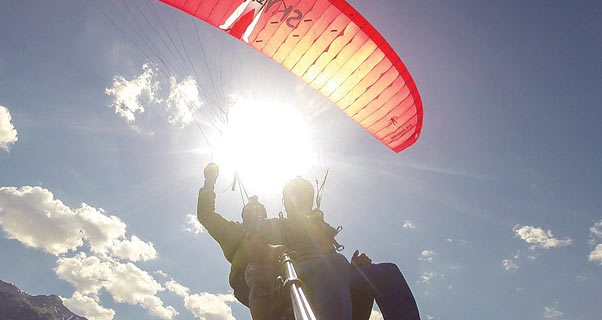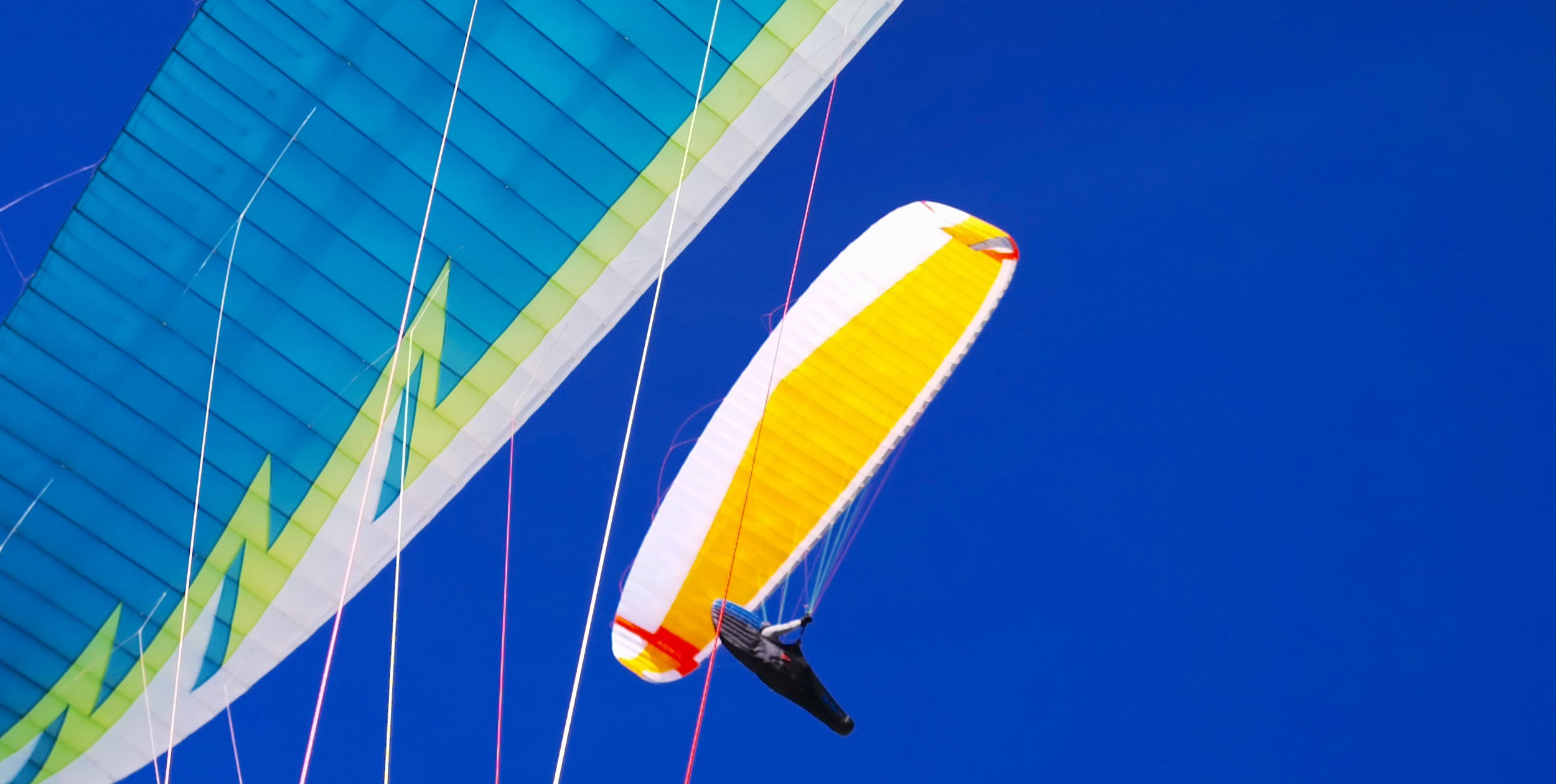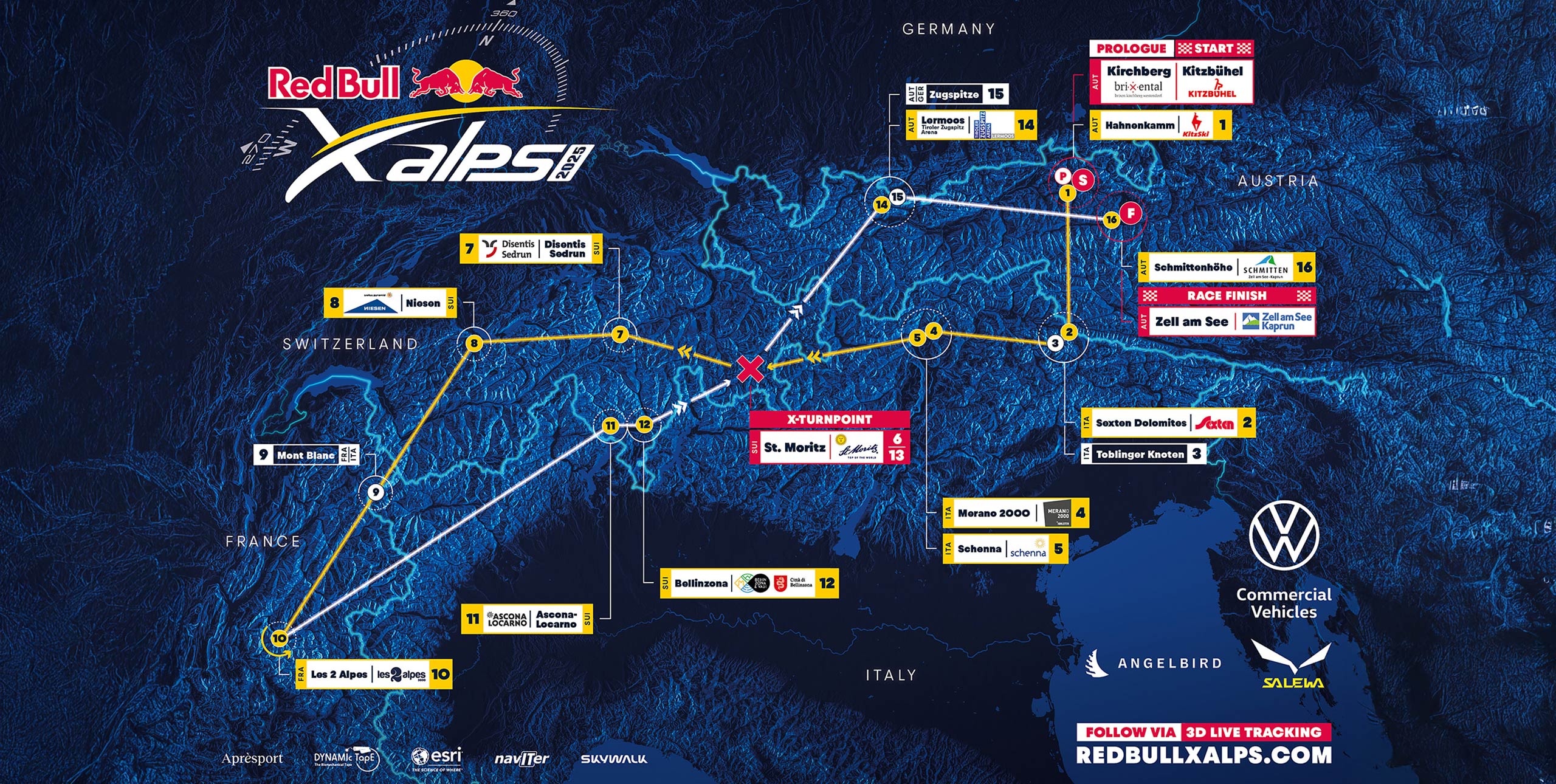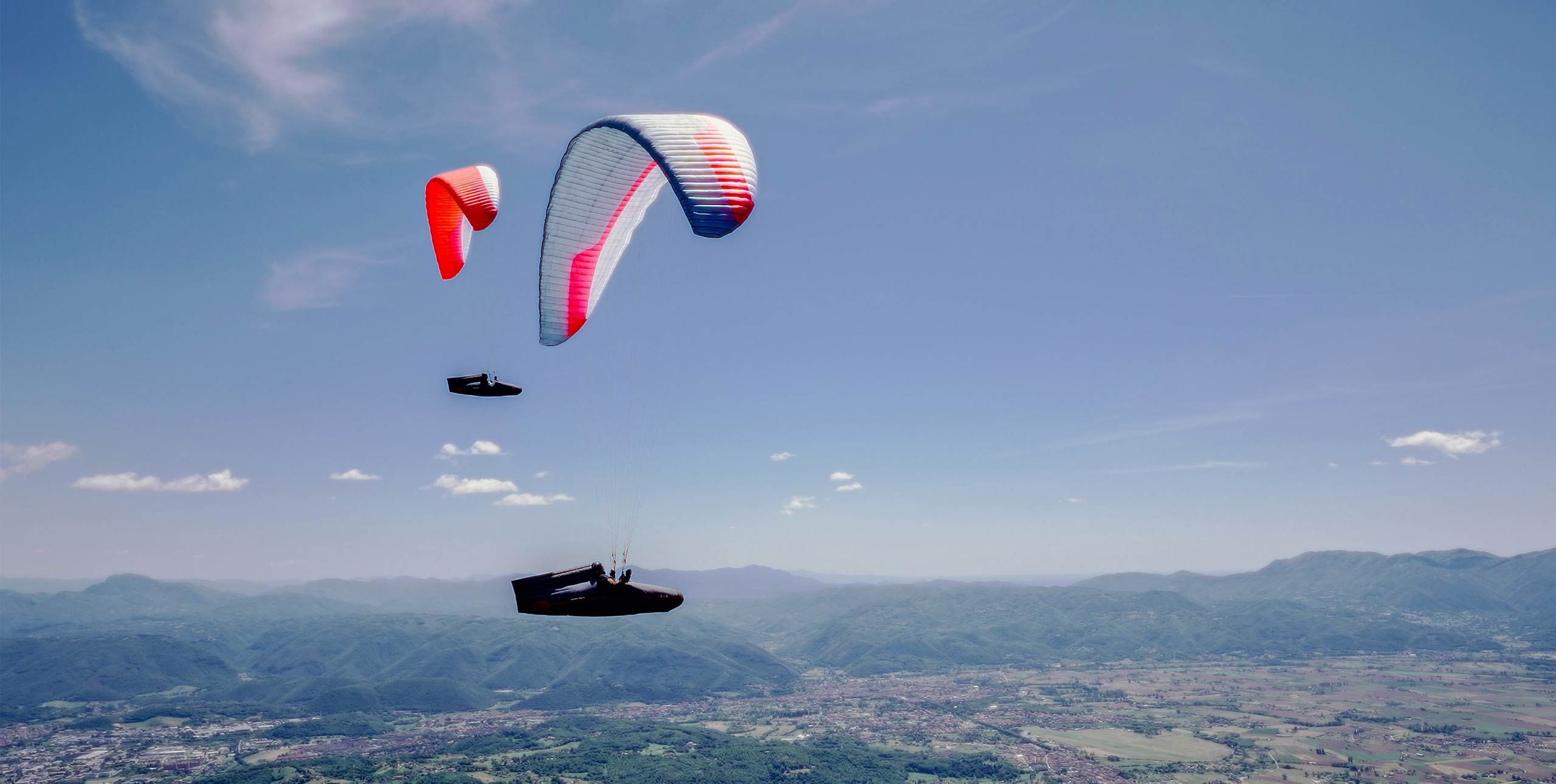How not to launch a hang glider… but he gets away with it
Regular Cross Country magazine columnist Bruce Goldsmith looks at how to launch a hang glider in this article from 1999
Launching and landing a hang glider is the most potentially hazardous part of a hang gliding flight. This is not just because you are close to the ground but also because take-off and landing involve sections of very slow airspeeds in fact you have to either start or finish completely stalled. The problem is made worse because hang gliders are so hard to steer when close to stall speed. Here are a few lessons I learnt on a subject that has bruised most hang glider pilots at least once!
Bruce’s Take-off Problem
The first ramp launch I ever did ended in disaster. There was almost no wind, and there was no one more experienced there to help or advise me. I had low airtime and not much experience, and the one thing I knew was that speed was the essence. This was my first ramp launch and I was nervous about it so I did what I had been told, I just ran as hard as I possibly could down the ramp.
I remember two things before I dropped the three metres off the end of the ramp into the bushes below. Firstly, I tried to run really hard but the glider just felt like a parachute behind me stopping me from really picking up speed. The second thing I remember was a strange scraping sound as I ran down the ramp.
It was not until later that I discovered the cause of this.
My problem was keeping the angle of attack of the glider correct. As I tried hard to accelerate, the nose of the glider went up. It was made worse by the fact that I had tied my glider bag to the back of the keel making the glider tail-heavy.
I had let the nose go up so far that the scraping sound as I ran hard headlong down the ramp turned out to be the noise of the back of the keel bumping over the wooden slats that made up the ramp. No wonder I fell immediately off the end of he ramp into the bushes; luckily I only broke an upright! The lesson was well learnt though, you not only need speed but the correct angle of attack.
Ever since when I make a light wind launch I always make a point of dropping the nose well below the horizon before I start to run. I have never seen a pilot have problems because the nose of his glider was too low. Recently I have been trying out a few rigid gliders and some of these feel very tail heavy, so this could be a point to look out for on these machines.
Arnas’s Landing Problem
My wife Arna had been flying hang gliders for ten years. She had a lot of varied experience, but had a recurring problem. During landing approach she would often get the wings out of level and would have a hard time getting the glider straight and level again before landing.
She was doing a lovely approach and pulling on lots of speed to avoid being caught out by the wind gradient, it all looked perfect according to the book, but still she had this problem of the glider slipping into a turn. Arna asked me to see if I could see what was going wrong.
It was not until I had seen two or three approaches that I realised that the cause of the problem was in fact the speed. Well not really the speed but the control of the glider at speed.
Arna would come into the final leg of her approach with her hands on the speed bar and then she would pull in to get the extra speed, then move her hands to the uprights for landing. This was the problem: she would be pulling on speed with both hands but then have to move her hand one at a time to the uprights.
As soon as she released one hand from the control bar the glider would swerve in the opposite direction and this was the cause of the problem.
The answer was simply to stay on the bottom bar until the very last part of the landing approach. It is better to fly the glider all the way to the ground, don’t try to change your arms to the uprights too early.
The General Rule
The secret behind safe take-offs and landings must be to minimise the time when you are close to the stall and ensure that your wings are straight and level before you enter this critical stage.
This article was published in Cross Country magazine issue 66
• Got news? Send it to us at news@xccontent.local
Subscribe to the world’s favourite hang gliding and paragliding magazine











